Live vaccines are grown in a pharmacological laboratory to produce weakened pathogens of a disease. These weakened pathogens are injected into the human organism, which activates the immune system for a defense reaction.
What are live vaccines?

Live vaccines are immunization by functioning germs that are supplied to the organism. The germs are supplied in a weakened form, but are able to multiply and thus prevent the outbreak of a disease. The weakened form is also known as attenuated.
The live vaccines are administered as an injection (spray vaccination) or orally (oral vaccination). If the vaccine is used in a viral disease, it is referred to as a live attenuated influenza virus vaccine (LAIV), for example. The reason for this is that viruses are by definition not living beings and they cannot multiply. Therefore, the term live vaccination in relation to viruses is incorrect, but is still classified under it.
A great advantage of live vaccination is that the protection lasts for life after immunization and does not have to be refreshed regularly. However, vaccination with live vaccines is not suitable for people who have a weakened immune system. In principle, this form of vaccination can cause side effects that are similar to the actual clinical picture. As a rule, however, these subside after 3-4 days. The first pharmacologically developed vaccines often caused diseases, but today they offer a high level of protection and significantly reduce the risk of falling ill.
Pharmacological effect
The most important part of the immune system are the antibodies. The so-called T lymphocytes and B lymphocytes are mainly responsible. These are components of the leukocytes, the white blood cells. They attach themselves to the pathogens and activate mechanisms to destroy the pathological pathogens.
The pathogens in the live vaccines are grown under special pharmacological conditions so that they are so weakened that they cannot actually cause disease.
When the live vaccine is injected into the body, the body is deliberately “infected”. Vaccines that only show individual characteristics of a pathogen are particularly suitable for this. Often these are genetically produced and the pathogen is weakened to a minimum.
Despite the weakened form, the pathogens are able to multiply in the organism. The increase prompts the immune system to become active. The immune system begins to fight the pathogens, although they are not harmful to the body due to their special breeding. The immune system is thus in a training phase and takes on the properties of the pathogen in order to form suitable antibodies.
Medical application & use
Vaccination with a live vaccine is also known in medicine as active immunization. After the injection, the body is stimulated to make antibodies. The aim of such a vaccination is therefore not to support the immune system, but to strengthen the body's own defense functions by suggesting pathogens. Typical examples of such a vaccination are diseases such as:
- Rubella - an infectious disease caused by the rubella virus
- Mumps - a viral disease caused by the mumps virus (Paramyxovirus parotitidis)
- Smallpox - a viral disease caused by the pathogen Orthopoxvirus variola
- Chickenpox - an infectious disease caused by the varicella zoster virus
- Yellow fever (Siamese disease) - an infectious disease caused by the yellow fever virus
- Tuberculosis (TBC) - a bacterial infectious disease caused by Mycobacterium tuberculosis
- Typhus (typhoid fever) - an infectious disease caused by the bacterium Salmonella Typhi
- Rotavirus infection - an infectious disease caused by the rotavirus
- Influenza - a group of viral diseases caused by the influenza virus
Live vaccines for different diseases can be injected at the same time. In the case of non-simultaneous injection, there should be about 14 days between the individual vaccinations. However, this only applies to live vaccines, not to dead vaccines. A disadvantage of vaccination with live vaccines, however, is that this initially only stimulates the activity of the immune system and does not offer immediate protection. This only occurs after some time, when the body has successfully fought the injected disease. In comparison, immunization by in-use vaccines has an immediate effect (e.g. rabies, tetanus).
Risks & side effects
Even today, many parents think that a "vaccinated" toddler is at increased risk of allergies, asthma or sudden infant death syndrome. However, numerous long-term studies and the further development of vaccines have shown that this is not the case.
However, acute skin irritation at the injection site, a general feeling of weakness, and headache and limb pain can occur. In this context, patients often report flu-like symptoms, which however quickly subside.
In rare cases, a severe allergic reaction can occur. In individual cases, the disease can also break out through the injection of the pathogen. In this case, however, the disease and symptoms are clearly weakened.
If the patient suffers from a dysfunction of the immune system, live vaccinations should generally be avoided. In general, it is important to take it easy after a vaccination and to support the body in fighting the injected pathogens.


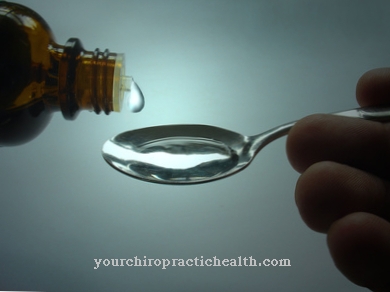
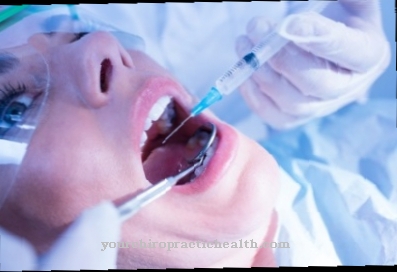
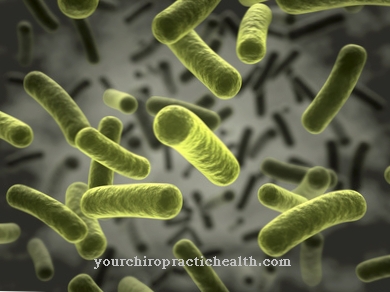
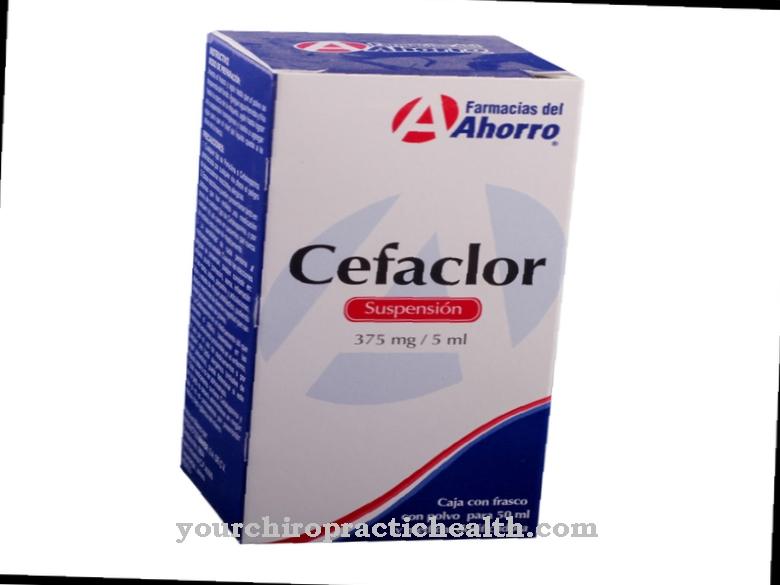
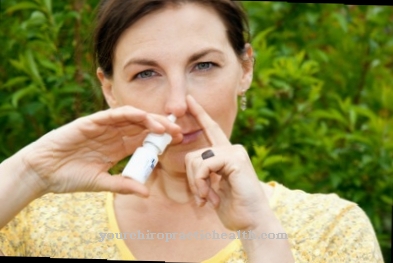

















.jpg)



